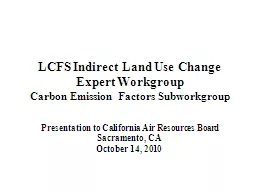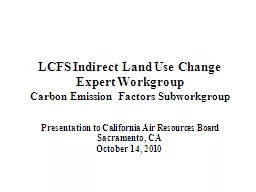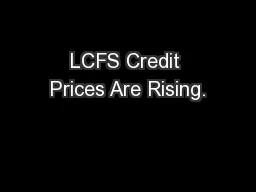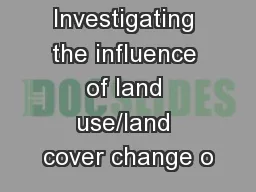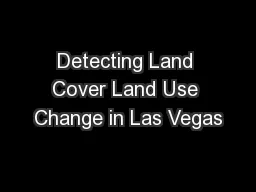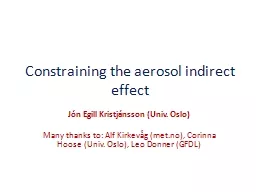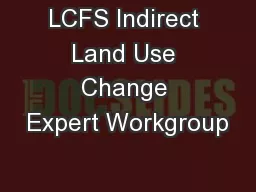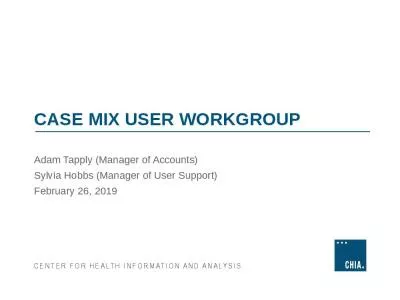PPT-LCFS Indirect Land Use Change Expert Workgroup
Author : liane-varnes | Published Date : 2020-01-06
LCFS Indirect Land Use Change Expert Workgroup Carbon Emission Factors Subworkgroup Presentation to California Air Resources Board Sacramento CA October 14 2010
Presentation Embed Code
Download Presentation
Download Presentation The PPT/PDF document "LCFS Indirect Land Use Change Expert Wor..." is the property of its rightful owner. Permission is granted to download and print the materials on this website for personal, non-commercial use only, and to display it on your personal computer provided you do not modify the materials and that you retain all copyright notices contained in the materials. By downloading content from our website, you accept the terms of this agreement.
LCFS Indirect Land Use Change Expert Workgroup: Transcript
Download Rules Of Document
"LCFS Indirect Land Use Change Expert Workgroup"The content belongs to its owner. You may download and print it for personal use, without modification, and keep all copyright notices. By downloading, you agree to these terms.
Related Documents

